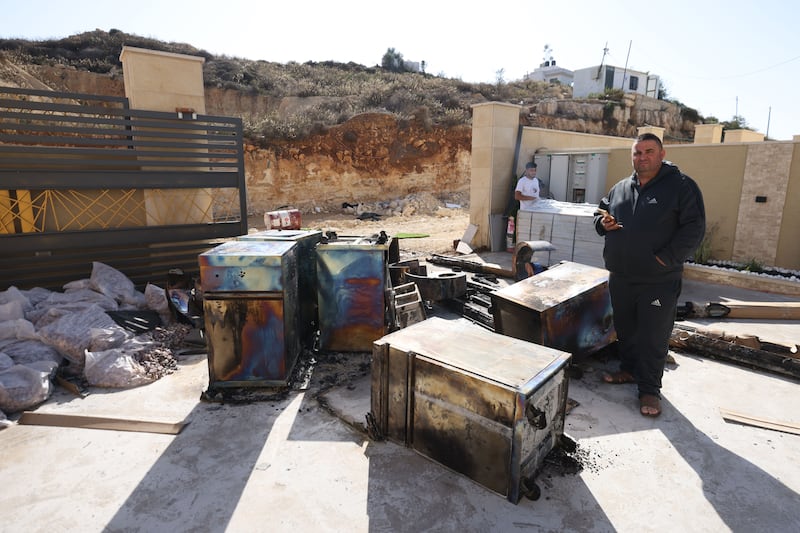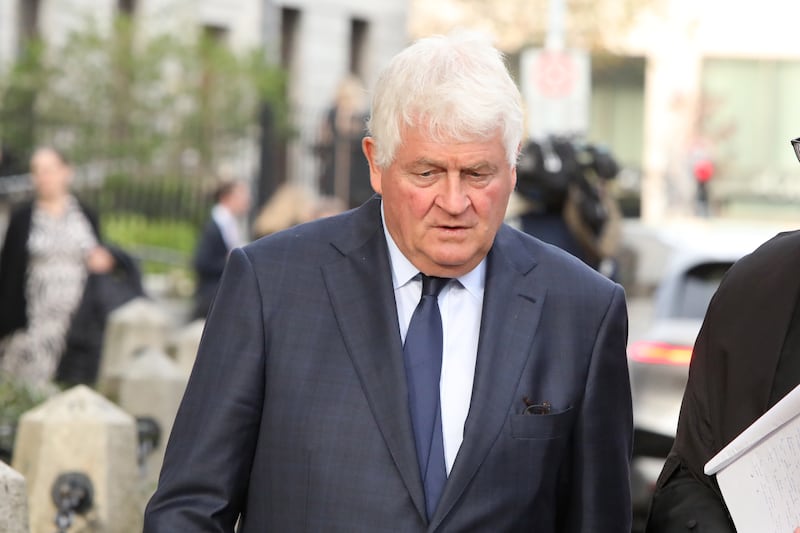- Average mortgage for a new home: €321,912
- Average deposit for a new home: €32,191
Source: BPFI
House prices are still on the rise. Figures from the Central Statistics Office show that national house prices rose by 9 per cent last year. And yet, despite the ever-increasing challenge in getting on the property ladder, more first-time buyers (FTBs) are in the market than ever before.
Indeed, figures from the Banking and Payments Federation of Ireland (BPFI) show that more FTBs drew down their mortgage in 2024 than at any other time since 2007, with some 26,000 new mortgages drawn down.
And the number getting the green light from their lender is also on the rise: there were almost 31,500 FTB mortgages, valued at more than €9.6 billion, approved in 2024, up on 2023.
RM Block
So, if you’d like to be one of those statistics this time next year, what do you need to know about funding your new-home purchase?
How much you will need
Figures from the BPFI show that the typical first-time buyer is now spending about €321,912 on their new home – up by 1.6 per cent on the year. This is still more than what second-hand buyers pay – an average of €283,969 in 2024 – but Government incentives such as Help to Buy and so on can be used to fill the gap.
Considering Central Bank rules for FTBs then (you can typically borrow up to four times your income, although an exemption may be possible to borrow up to 4.5 times, and you’ll need a deposit of at least 10 per cent), this means that you will need a deposit of about €32,000. And to borrow about €300,000, you’ll need an income (joint or otherwise) of about €75,000.
[ Mortgage rates fall to 20-month low as Irish lenders respond to ECB cutsOpens in new window ]
Of course, if you’re looking to buy in the capital, you will need more money. Homes at Foxwood Barn in Citywest, Dublin 24, start at about €575,000, for example, so you’d need a deposit of €57,500, plus income of about €130,000 a year, to secure a home here.
Government help
If saving in excess of €30,000 for a deposit is a stumbling block, you can consider the various Government schemes on offer.
Help to Buy was extended in last year’s budget and will now run until the end of 2029. This offers a tax rebate of up to €30,000, which can be used to fund a deposit to help purchase a new home. To qualify, you must be a first-time buyer; it’s only available on new homes valued at up to €500,000; and you need to have paid enough tax to qualify for a rebate – so if you’ve been working abroad in recent years, you may not qualify.
Another option (which can be used in conjunction with Help to Buy) is the shared equity, or First Home Scheme. Available for FTBs (and second-time buyers who are divorced/separated), this is aimed at closing the gap between what you might be able to afford and what you want to pay, through the Government taking a stake in your property, of up to 30 per cent (or 20 per cent if you’re also getting Help to Buy).
All new homes worth up to €350,000 now qualify for First Home, while price ceilings of as much as €475,000 for houses, and €500,000 for apartments, apply in certain urban areas such as Dublin and Cork.
Finally, if you have been turned down by a lender for a mortgage, you could consider the Local Authority Home Loan, which is a Government-backed mortgage offering a fixed rate of between 4 and 4.05 per cent over 25 to 30 years. Or, if you have your eye on a derelict or vacant property, the Local Authority Purchase and Renovation Loan offers finance to buy the property, which can be used in conjunction with the vacant property refurbishment grant (up to €70,000 available) to do the home up.
Lock into lower rates
When it comes to financing your new home, one plus is that interest rates are on the decline once more, with the European Central Bank recently cutting rates by 25 basis points down to 2.9 per cent. This is down from a high of 4.5 per cent in 2023.
This era of falling interest rates means that mortgage rates have started to turn. Martina Hennessy, chief executive of Doddl.ie, expects that the ECB rate will be closer to 2 per cent by midyear. But don’t expect this to have a direct follow-through to Irish mortgage rates. As Hennessy notes, banks have already priced in forward rate expectations in recent months and the rate curve is at, or near the bottom of, what is expected.
“This means competitive pressures, rather than funding costs, are more likely to drive further reductions. We may still see lenders tweak individual rates to remain competitive in certain segments,” she says.
Nonetheless, you may want to think twice about fixing your mortgage for too long a term, if there is a possibility that rates will fall further in the short to medium term.
Another way of saving money when buying is to avail of a green rate for your energy-efficient home. This can mean substantial savings. Bank of Ireland (BoI), for example, has a green rate of 3.1 per cent, fixed over four years, while AIB has a rate of 3.2 per cent, fixed over three years.
Without these green savings, you’d pay €40 extra a month based on a similar term at BoI, and more than €300 a month at AIB.
If you’re looking for some extra cash to do up your new home, you could consider a cashback mortgage. These offer either a fixed sum (Haven, for example, offers €5,000) or a percentage of the value of your loan back (2 per cent with PTSB, for example). While such lump sums are undoubtedly attractive, remember they will probably end up costing you more over the long term, as such offers typically don’t come with the lowest interest rates.




















